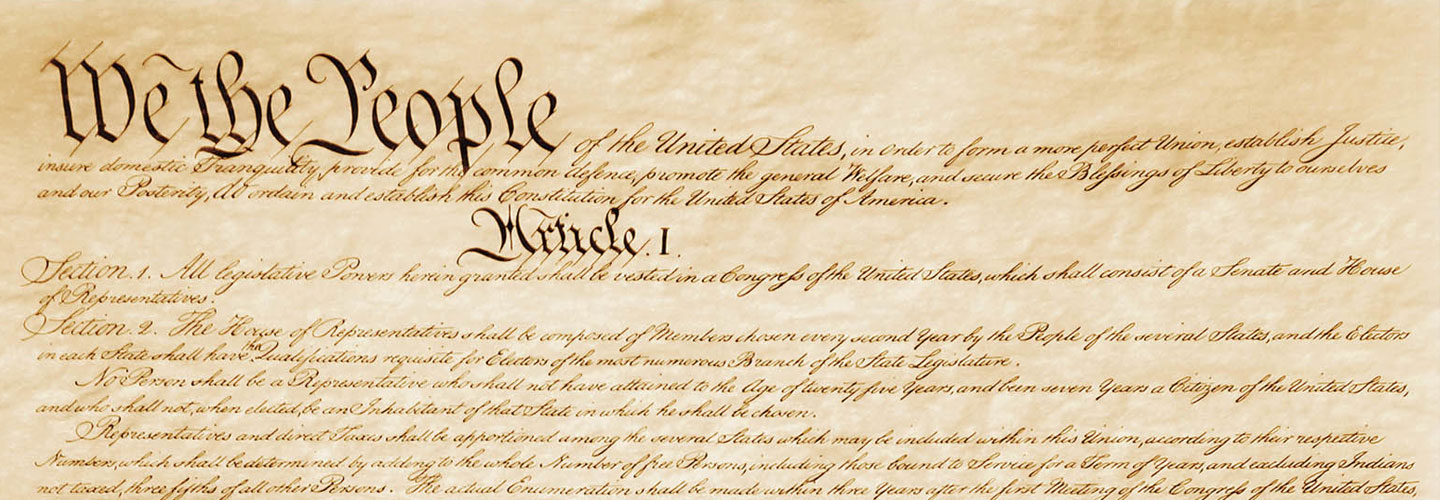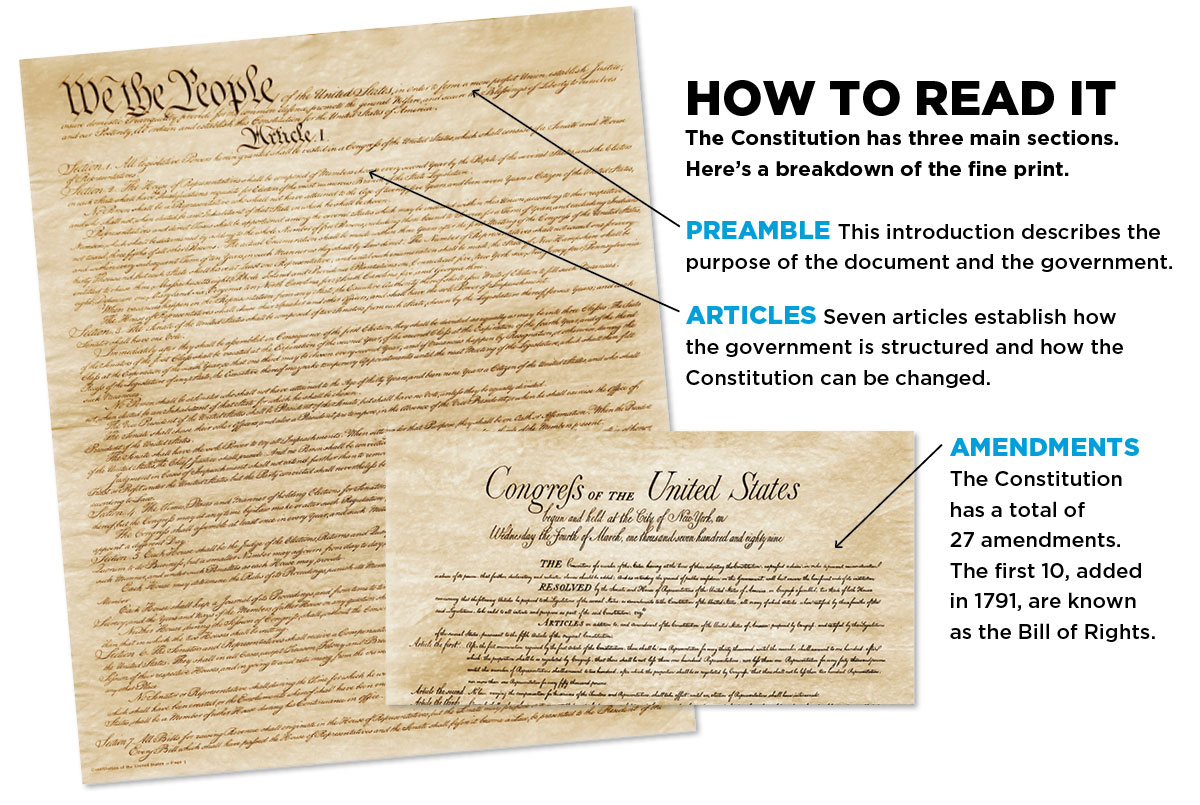On September 17, 1787, our nation’s Founders created a document that continues to shape Americans’ lives today. That day, delegates to the Constitutional Convention in Philadelphia, Pennsylvania, signed the United States Constitution.
The Constitution is the supreme law of the land. It set up our federal (national) government, as well as the government’s relationship with the states and citizens. Amendments—which were added later—spell out important changes, including guarantees of Americans’ rights. Read on for a quick overview of the Constitution and how it works.












